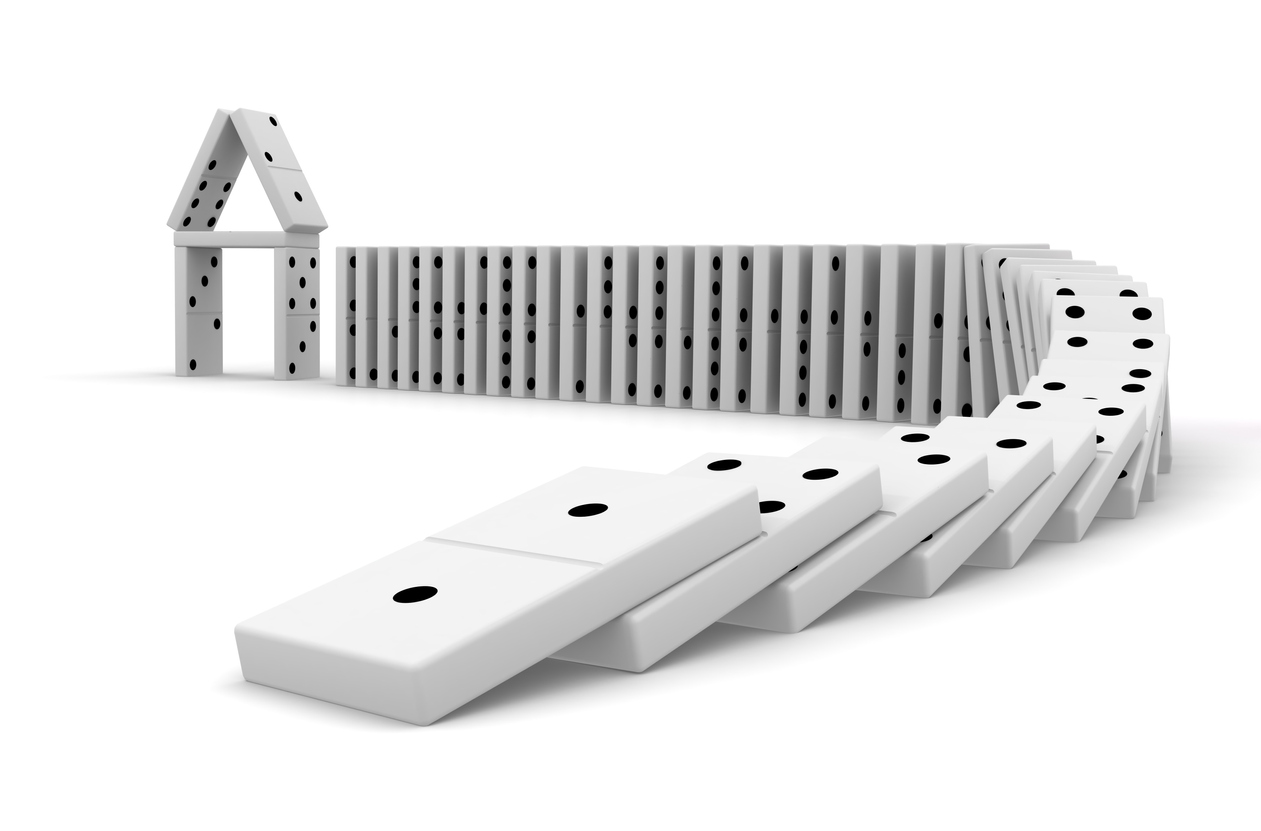Note: This is a guest blog written by Dwayne Hall, a public insurance adjuster in Texas.
On June 11, 1993, the Texas Department of Insurance (TDI) issued a bulletin to address replacement of damaged roofs. The bulletin specifically set forth the position of the Department regarding the payment of a claim for a roof damaged loss to include the cost of the removal of the damaged roof as part of the covered loss to the roof caused by the insured peril.
According to the bulletin, the overlay of a shingle roof on a damaged roof does not satisfy the Loss Settlement conditions in residential property policies. Claims settled on an actual cash basis (ACV) must be based on the cost to repair or replace the damaged property with proper deduction for depreciation. In addition, the policies provide for the expense of the removal of the debris of damaged property within the policy limits. Claims settled on a replacement cost basis require deduction the damaged property to be repaired or replaced with material of like kind and quality without deduction for depreciation with policies also providing for the expense of the removal of debris of damaged property within the policy limits. In both instances, the removal of damaged roof shingles falls within the meaning of debris removal.
While an insured may accept the overlay of new roof shingles over damaged shingles, that is at the option of the insured, and insurer may not require the overlay as a settlement. If an insurer required such a settlement, it could be subject to disciplinary action and a potential cause of action under Deceptive Trade Practices – Consumer Protection Act.
In a follow-up bulletin on August 10, 1994, TDI explained that not only do insurers owe for the removal of all multiple overlays of roofing material, if the shingles have been laid over wood shingles the insurer would owe for the re-decking of the roof to allow the application of the new roof. This indemnity for the decking of the roof is under the valuation clause in the policy. A replacement policy is a “betterment” policy because it provides for new replacement material for old material. Insureds have a right to be treated fairly and to deny payment for a nail-able surface during loss is unfair treatment of the insureds and constitutes an unfair practice of insurers.



